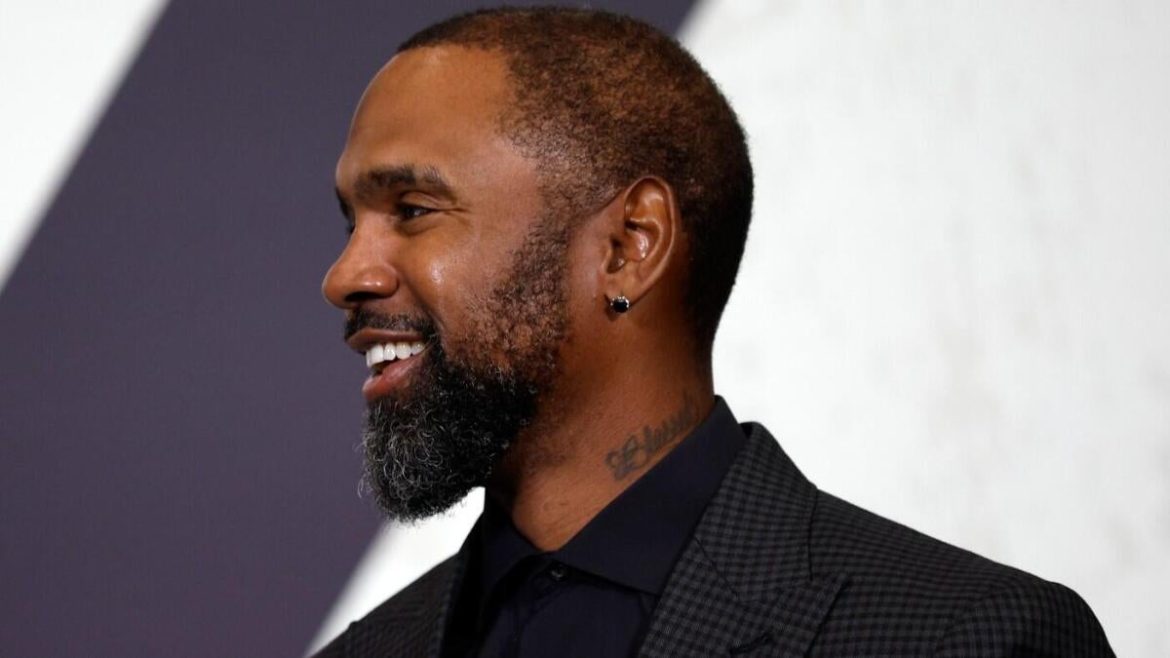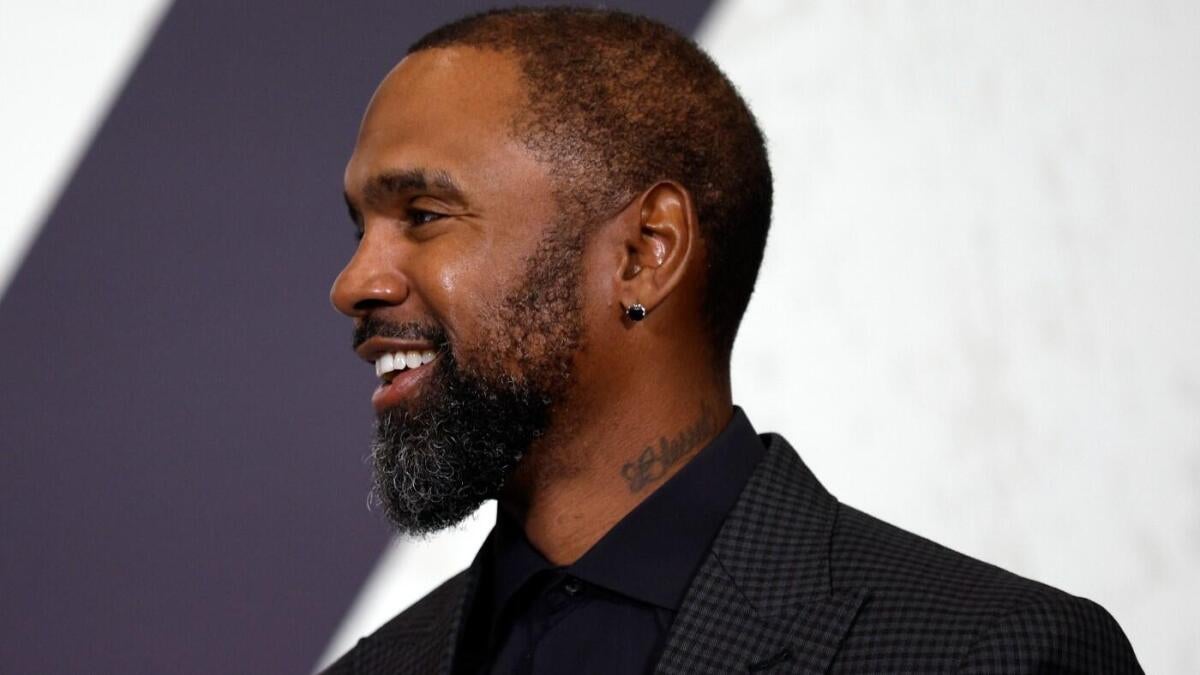The Potential Acquisition of a Minority Stake in the Cleveland Browns by Charles Woodson: An In-Depth Analysis
Introduction
The landscape of NFL team ownership is evolving, marked by an increasing trend of legendary players transitioning into franchise stakeholders. A notable example making headlines recently involves Pro Football Hall of Famer Charles Woodson, who is set to purchase a 0.1% ownership stake in the Cleveland Browns. This potential transaction is particularly interesting due to its conditional nature—Woodson’s acquisition depends on him accepting broadcasting restrictions and limitations on the use of his name and likeness, mirroring agreements made by Tom Brady, another Hall of Famer turned part-owner within the NFL. This report unpacks the intricacies of this opportunity, placing it in broader industry context, and examines implications for the Browns, Woodson, and the NFL at large.
Background: Hall of Famers Moving into Ownership
Historically, NFL ownership has been concentrated among a few wealthy individuals and families. However, the recent openness toward allowing former players and new stakeholders into ownership roles reflects both the league’s modernization and the evolution of sports franchise investment. Tom Brady’s acquisition of a stake in the Las Vegas Raiders serves as a seminal example. Brady’s involvement not only boosted the team’s valuation but also set a precedent for other Hall of Famers aspiring to invest in and influence team strategies from an ownership perspective.
Charles Woodson’s potential acquisition of a fractional share in the Cleveland Browns aligns with this trend. Woodson, a celebrated former defensive back renowned for his lengthy, decorated career with the Green Bay Packers and Oakland/Las Vegas Raiders, now seeks to take part in team ownership—specifically with the Browns, a franchise rooted deeply in football history and currently owned by the Haslam family.
Details and Conditions of the Acquisition
According to multiple reports, Woodson’s acquisition of a 0.1% stake in the Browns is contingent upon several contractual stipulations, chief among them being broadcasting restrictions similar to those faced by Tom Brady as a Raiders owner. These stipulations likely include limits on Woodson’s ability to use his name, image, and likeness (NIL) for promotional purposes that might conflict with the team or league interests, or interfere with broadcasting rights agreements.
This condition reflects a critical evolution in sports ownership contracts that recognize the unique dual role an athlete-owner might occupy: maintaining personal brand leverage while abiding by ownership responsibilities and league-wide commercial protocols.
The Haslam family, current majority owners of the Browns, are reportedly open to this sale, viewing it as a way to enrich their ownership group with a respected former player who brings significant NFL pedigree and fan appeal. Such a partnership aims to strengthen the Browns’ brand equity and deepen ties with the NFL community by incorporating franchise legends into ownership conversations.
Potential Impact on Cleveland Browns and the NFL
While Woodson’s stake is modest at 0.1%, the symbolic and strategic significance is greater. Embedding respected Hall of Famers within ownership groups helps teams bridge the gap between past legacies and current ambitions. Woodson’s involvement could increase fan engagement, lend expert insights during decision-making, and enhance Browns’ credibility as a destination franchise.
It also suggests a nuanced approach for the NFL in expanding ownership diversity without diluting existing control structures. The league’s recent approvals for private equity involvement and minority ownership sales indicate a broader industry movement toward capitalizing on various investment avenues while modernizing governance.
Tom Brady’s precedent with the Raiders is instructive—his stake triggered a reassessment of team valuations, boosted marketing opportunities, and brought player-owner dynamics into the foreground. Woodson joining the Browns’ ownership group suggests other retired stars might follow suit, potentially altering ownership demographics and expanding NFL leadership beyond traditional billionaire owners.
Broader Context: NFL Ownership Trends and Valuations
The NFL has traditionally limited franchise sales and stakes to billionaire owners, primarily due to the league’s desire for stable ownership and its conservative approach toward commercialization. Nonetheless, evolving dynamics such as the league’s approval for private equity stakes indicate shifting attitudes toward new forms of ownership. Experts anticipate that these changes will accelerate minority stake sales and diversifications in ownership portfolios.
The Browns, ranked 19th on the Forbes NFL Team Valuations List, operate in a competitive market where innovative ownership and management structures can impact team valuation and success. Engaging Woodson—an Ohio native and honored figure—can be seen as a strategic move to add intangible value that transcends direct financial investment.
Challenges and Considerations
Despite the positive outlook, several challenges remain. The broadcasting and NIL restrictions imposed on Woodson may limit his ability to leverage his personal brand fully, potentially diminishing some benefits of star power in marketing or media ventures.
Moreover, a 0.1% stake is a fractional share, limiting tangible influence over operational decisions. Woodson’s role may primarily be symbolic or advisory at this stage.
Additionally, integrating a former player into ownership structures can sometimes create conflicts of interest, especially if the individual has ongoing media or ambassadorial roles that intersect with team or league interests.
Conclusion: A Symbolic Yet Strategic Step Forward
Charles Woodson’s forthcoming minority acquisition of a stake in the Cleveland Browns symbolizes a growing trend in the NFL: celebrated former players transition into stakeholder roles, blending legacy with modern sports business strategy. While contingent upon specific contractual conditions reminiscent of Tom Brady’s agreements, this development promises to enrich the Browns’ ownership group with deep NFL experience, regional ties, and elevated fan goodwill.
Though modest in share, Woodson’s entry as an owner points to a potential paradigm shift in franchise ownership—one that values the contributions of football legends beyond their playing days and embraces expanded stakeholder diversity. As the NFL continues to evolve ownership structures and encourage innovative partnerships, this deal underscores the league’s balancing act between tradition, commercialization, and growth.
For the Browns, Woodson’s involvement offers not only prestige but the possibility of fresh perspectives in governance. For Woodson, it marks a significant post-retirement milestone, aligning with broader moves by retired stars investing back into the sport they helped define.
Ultimately, this partial acquisition represents more than a business transaction; it is a bridge connecting the league’s storied past with its dynamic future.





